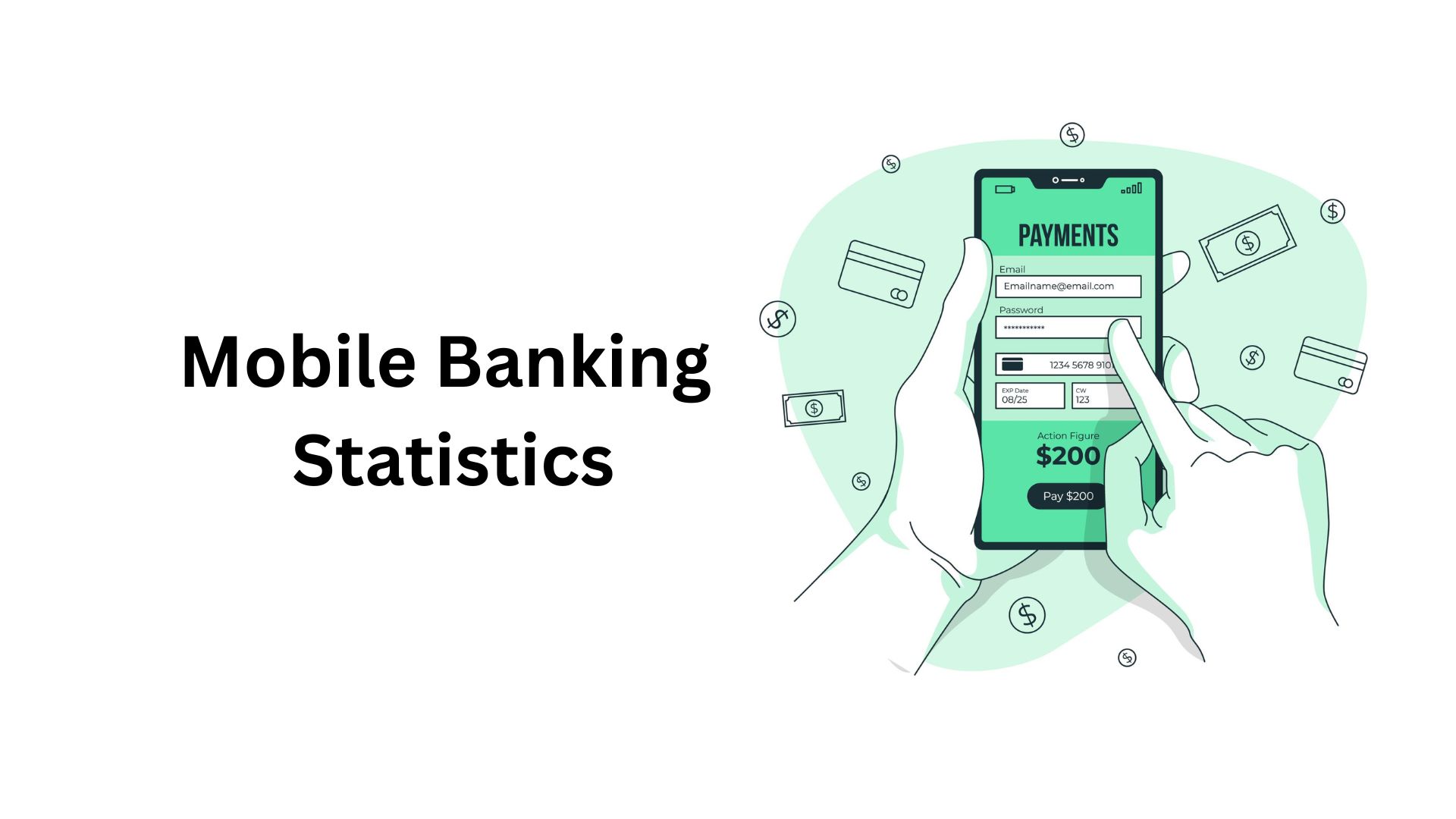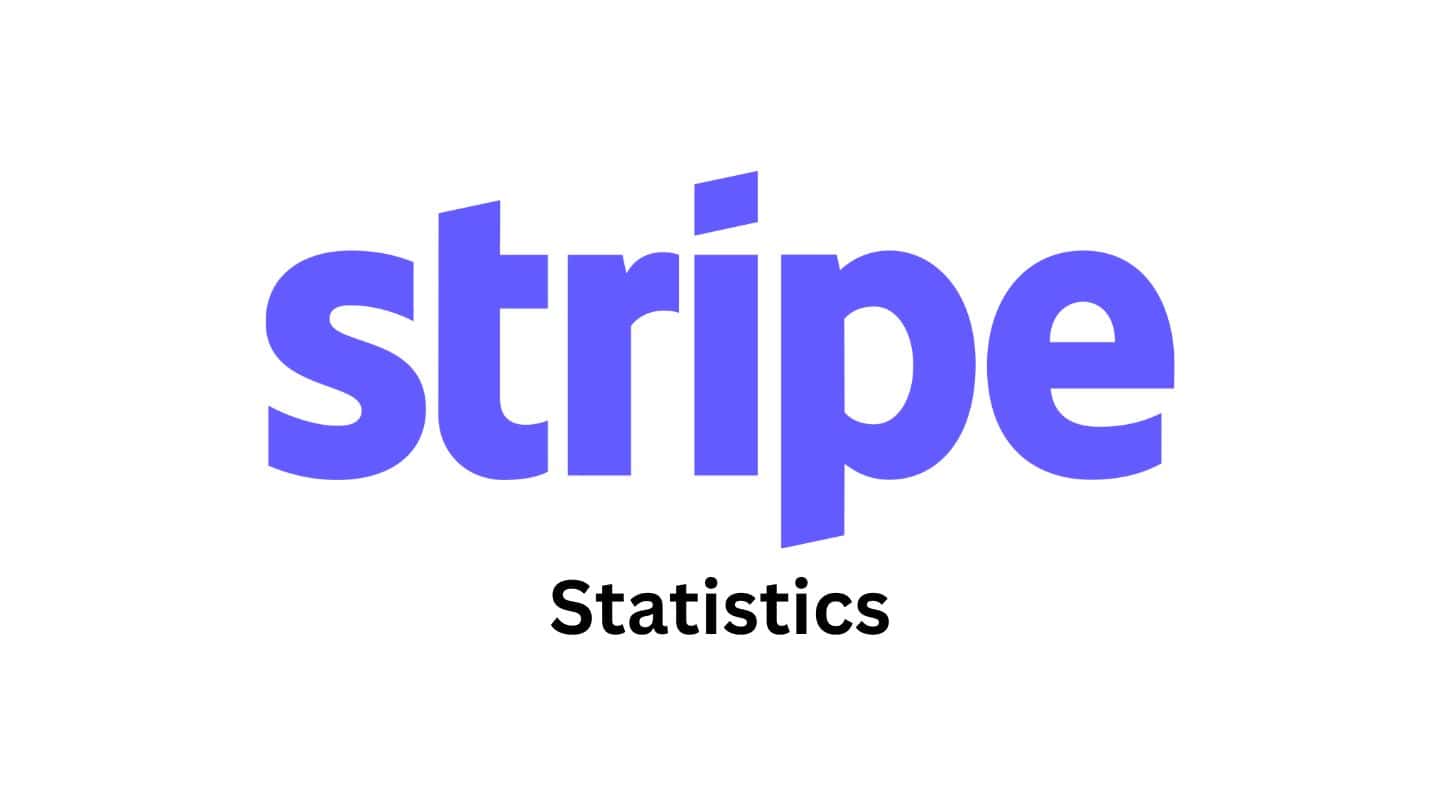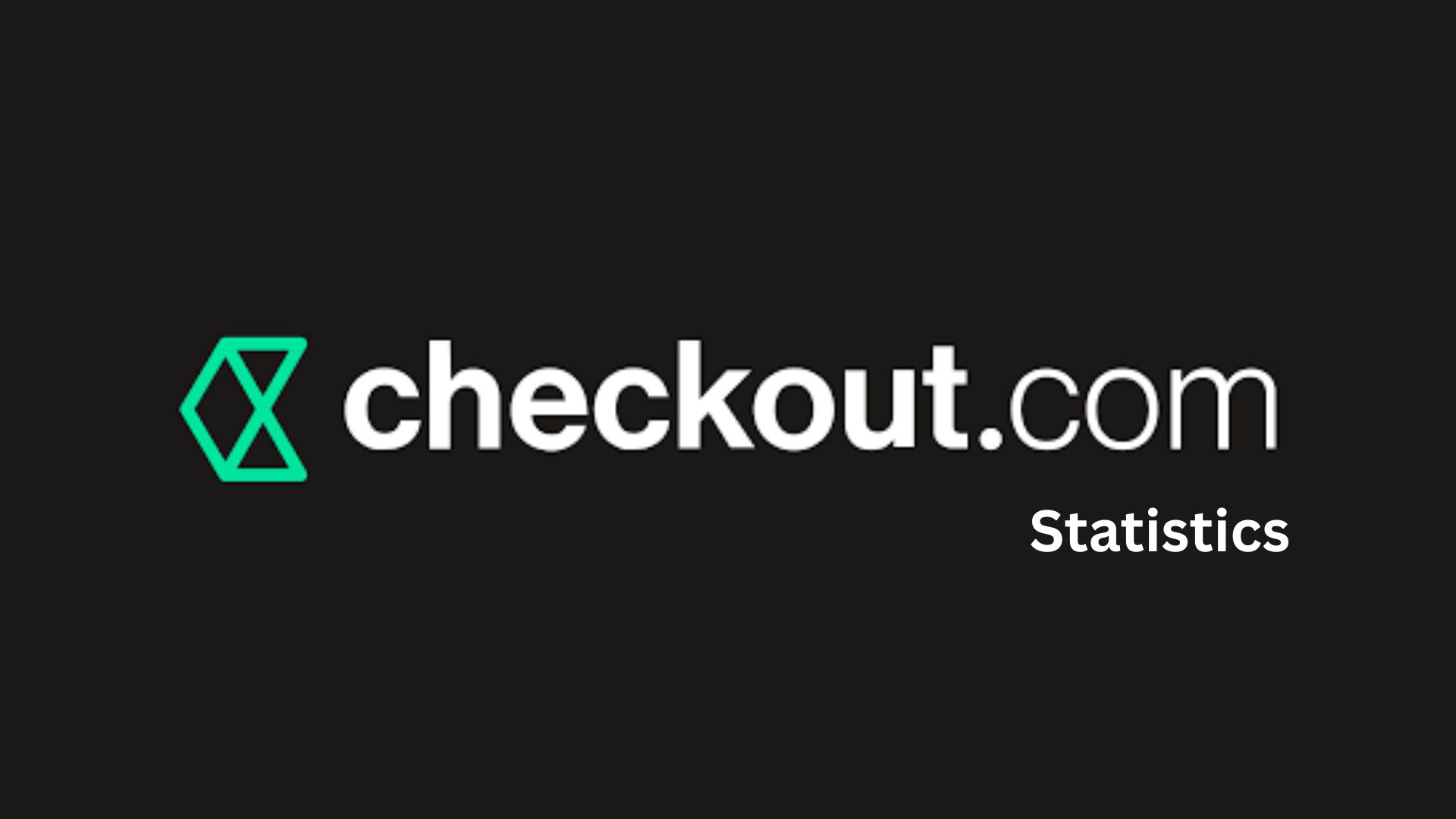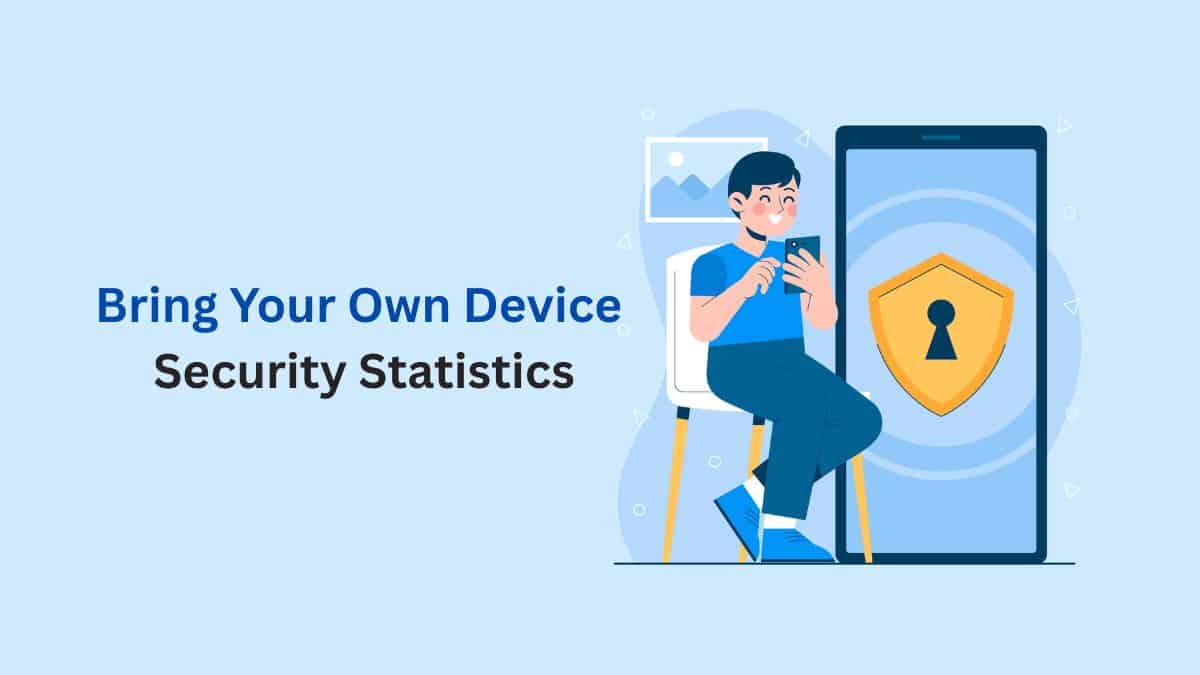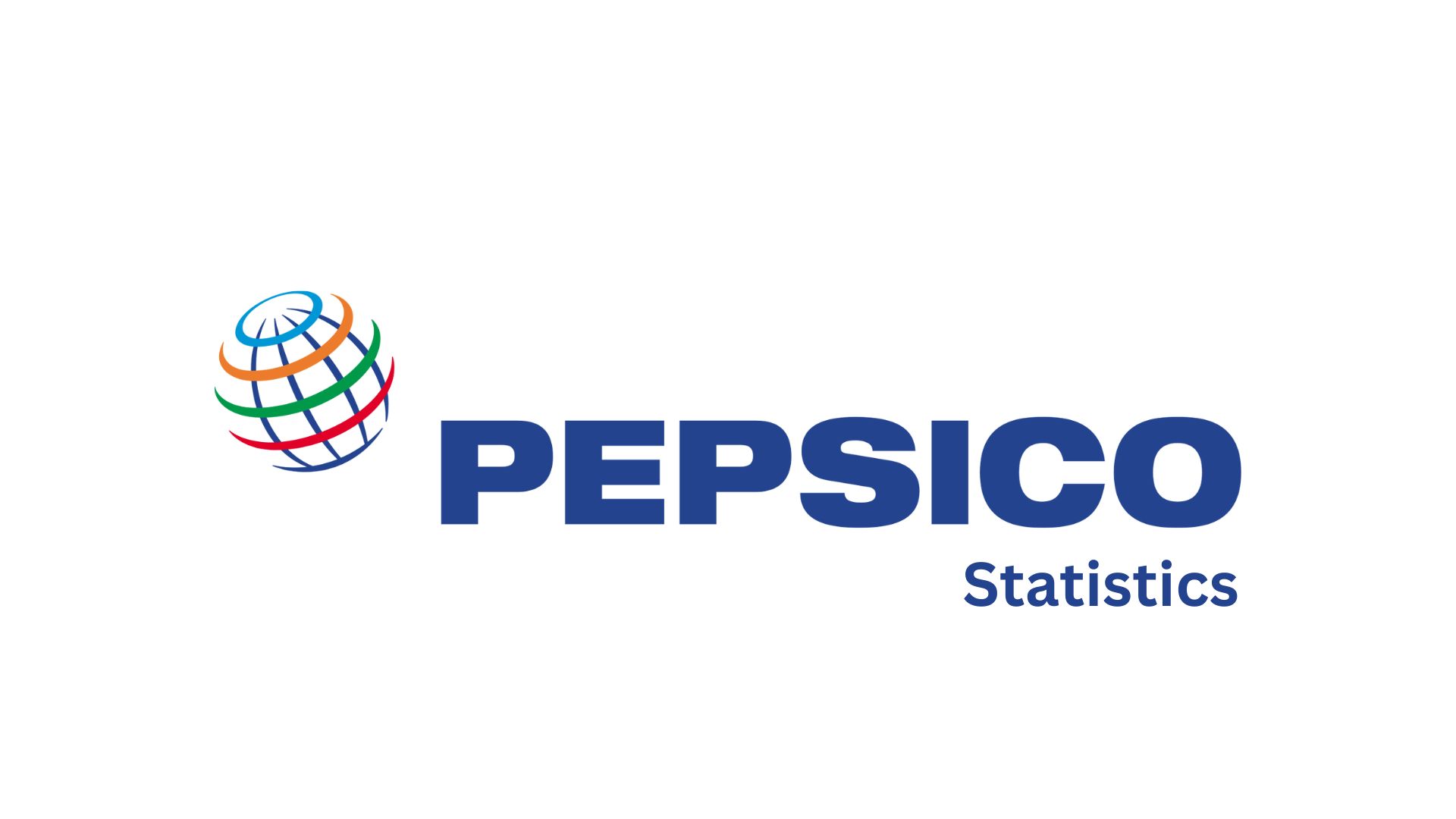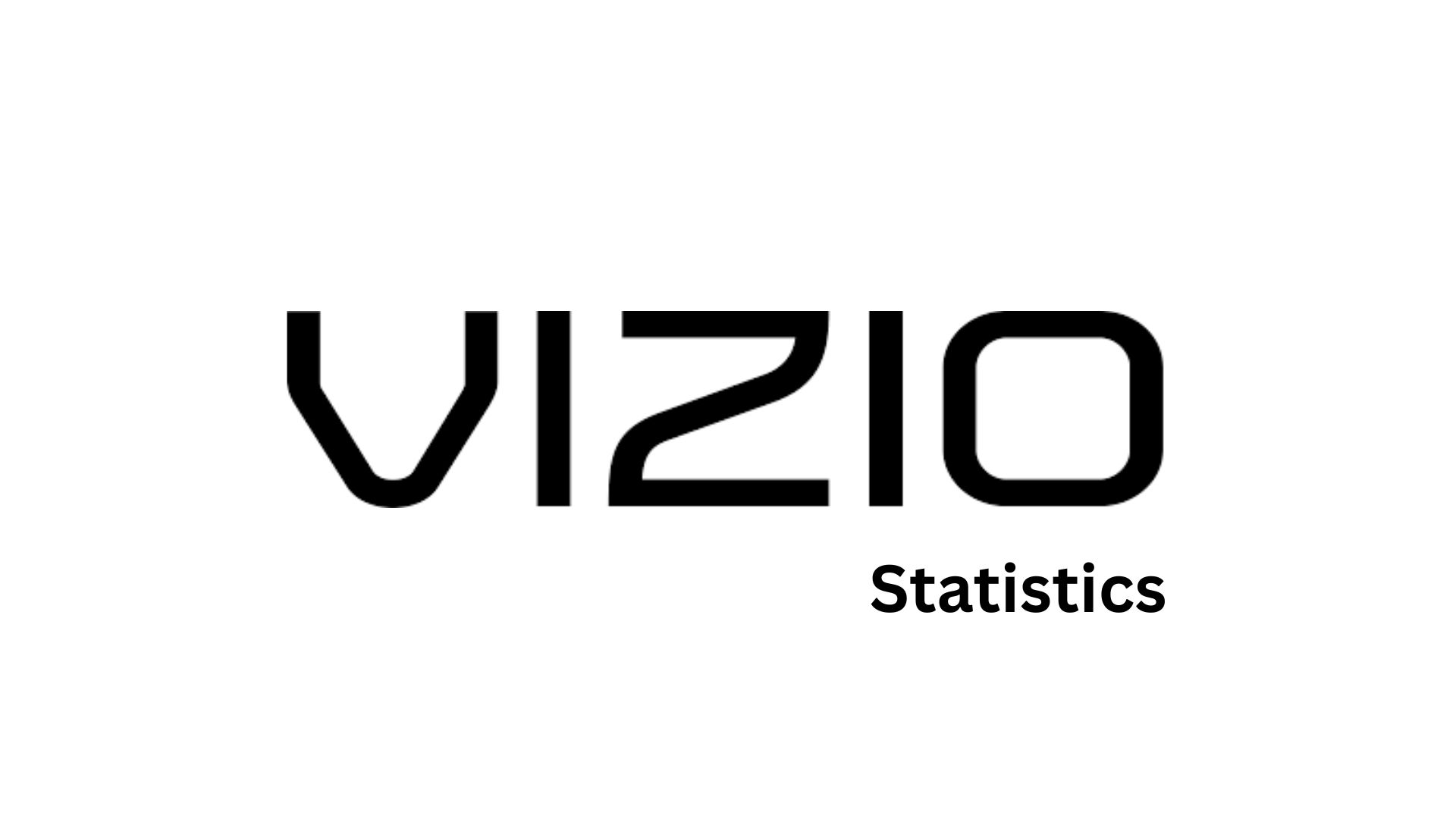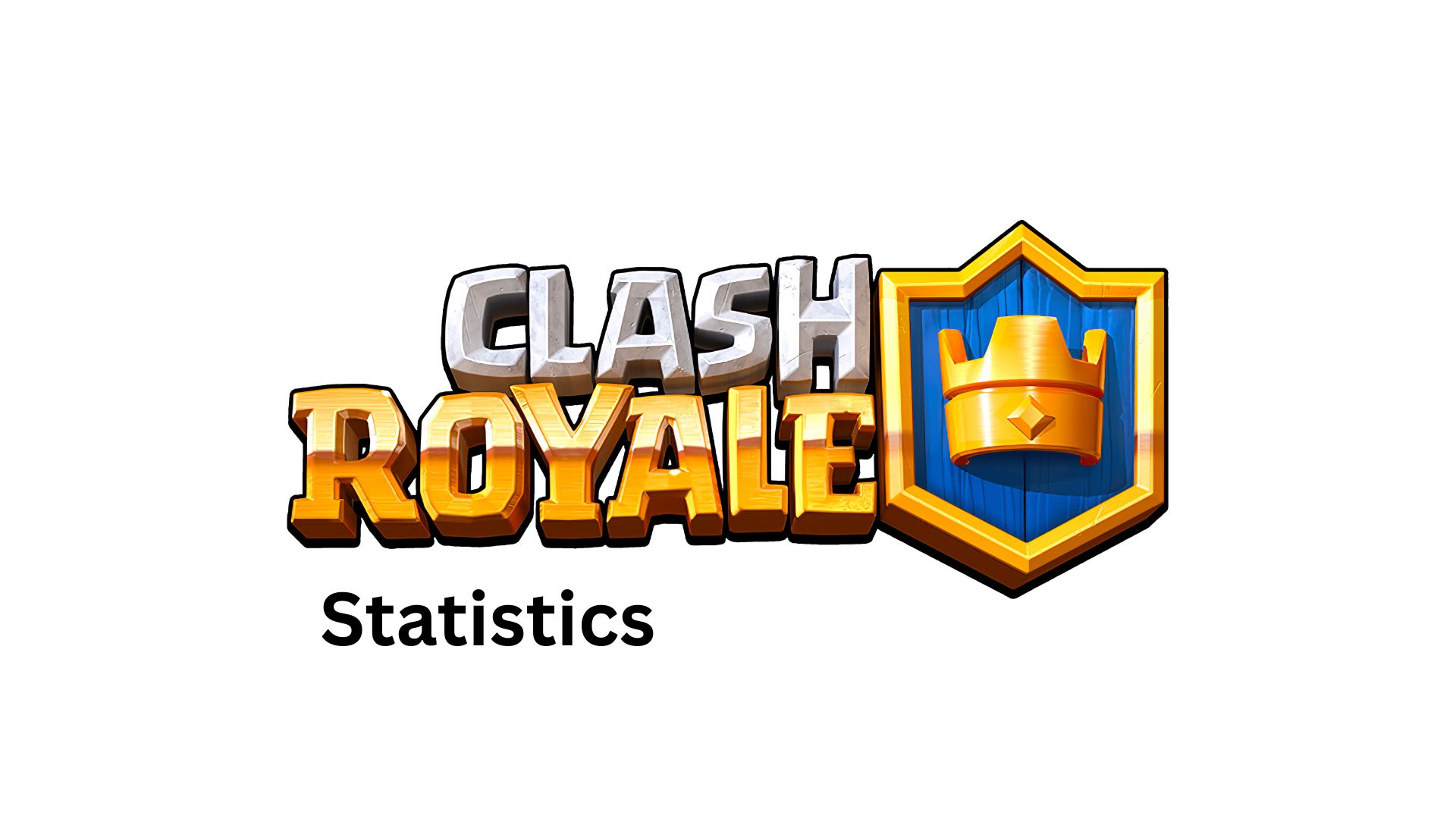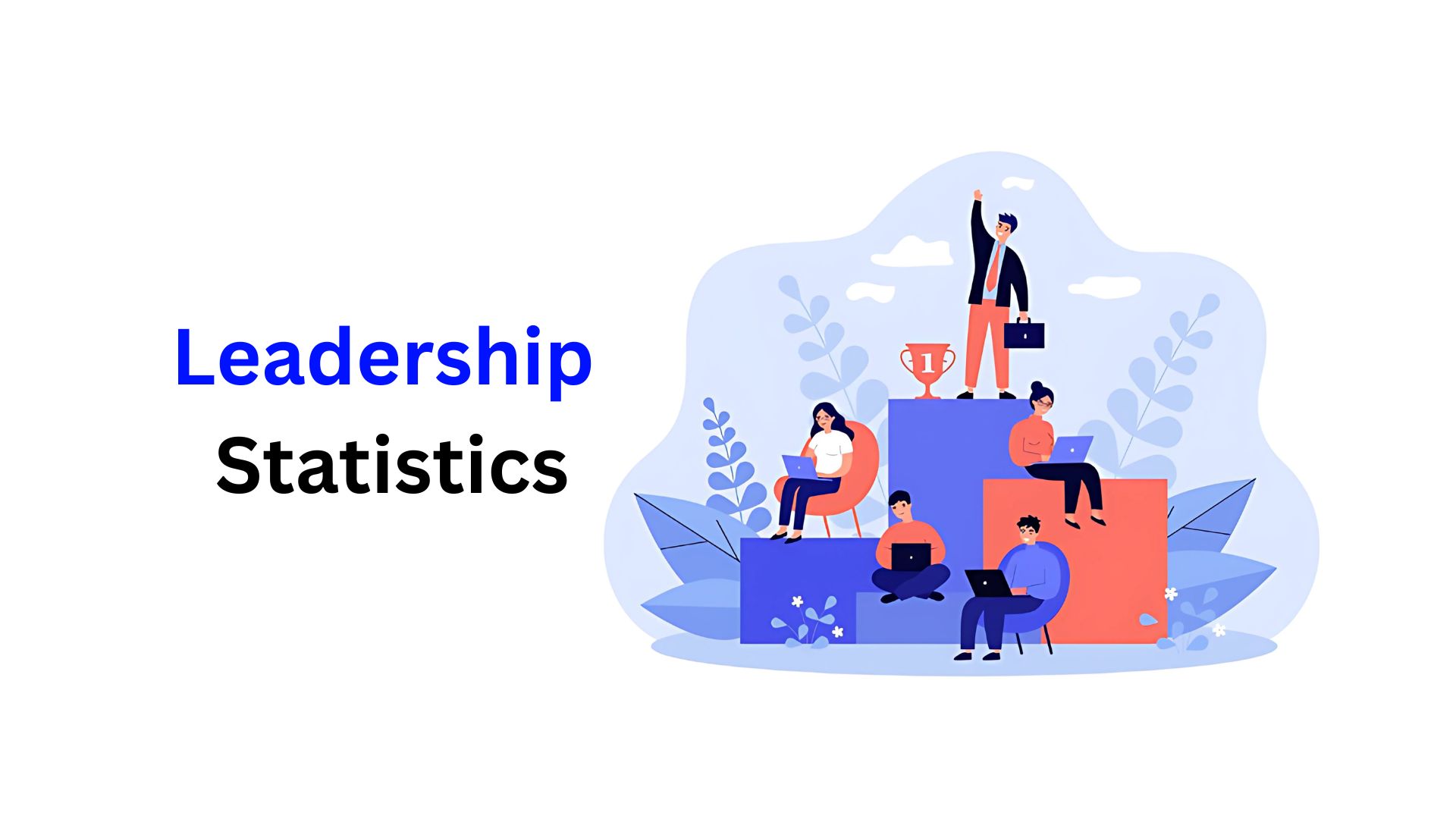Web Design Statistics By Cost, Time, Trend and Facts

Updated · Nov 25, 2025

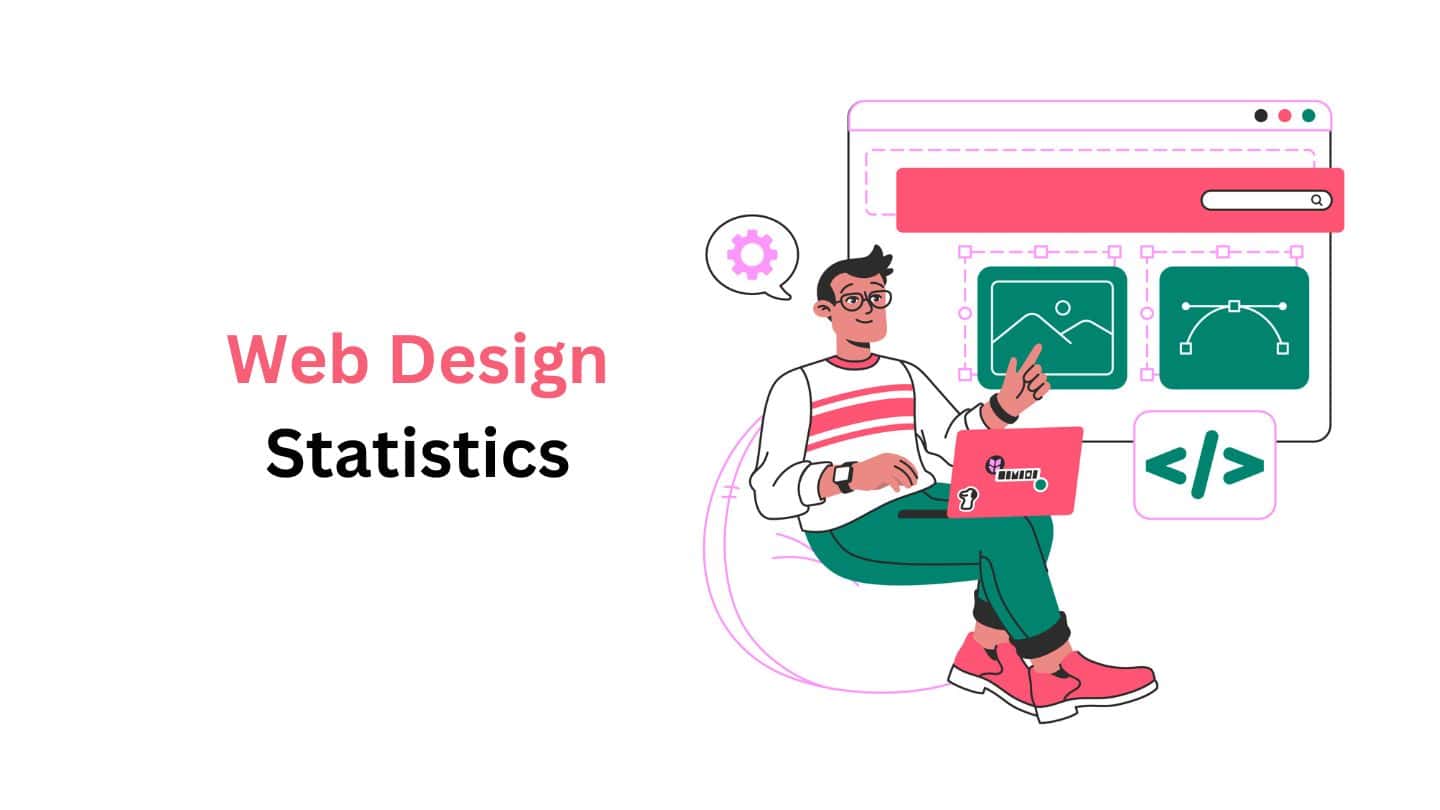
WHAT WE HAVE ON THIS PAGE
- Introduction
- Editor’s Choice
- General Website Design Statistics
- By Cost
- By Time
- By Speed and Loading Time
- By User Experience
- Factors Influencing The Cost of Web Design
- Top Tools Used by Web Designers
- Tech Industry’s AI Tool Usage by Professionals
- Web Design Trends Statistics
- Key Visuals Shares by Company Websites
- By Mobile Websites
- By WordPress
- By E-commerce
- Mobile Website Statistics
- Web Design and Development Statistics
- UI/UX Web Design Statistics
- Modern Web Design Statistics
- Conclusion
Introduction
Web Design Statistics: As of 2024, the World Wide Web encompasses approximately 1.1 billion websites, with only about 17%—equating to roughly 200 million—actively maintained and visited. This vast digital landscape continues to expand, with an estimated 252,000 new websites emerging daily, underscoring the dynamic nature of the internet. Sixth City Marketing. In this extensive online environment, web design plays a pivotal role in influencing user engagement and business success. Notably, 94% of first impressions are design-related, highlighting the critical importance of a website’s visual appeal in shaping user perceptions. Furthermore, 75% of users admit to making judgments about a company’s credibility based on its website design, emphasizing the direct correlation between design quality and trustworthiness.
User experience is equally significant, as 88% of online consumers are less likely to return to a site after a bad experience, and 90% of users have stopped using a website due to poor design. Additionally, 73.1% of users leave a website if it is non-responsive, underlining the necessity for mobile-friendly designs.
These statistics collectively underscore the critical importance of effective web design in today’s digital landscape. A well-designed website not only enhances user satisfaction but also significantly contributes to a company’s credibility and financial performance.
Editor’s Choice
- More than 1.8 billion websites are available on the Internet globally in 2024.
- Approximately 1.1 billion websites are actively online.
- Around 3 new websites are created every second, leading to 252,000 new websites daily.
- In 2023, nearly 71% of businesses had a website.
- The web design services market was valued at USD 42.2 billion in 2023.
- The web design services industry in the United States is valued at approximately USD 40.8 billion.
- Employment for web developers and designers in the United States is projected to grow by 8% from 2023 to 2033.
- The cost of website maintenance ranges from USD 400 to USD 60,000 annually.
- 94% of a website’s first impressions are influenced by web design in 2024.
- Users form an opinion about a website within 0.05 seconds, with 94% of these impressions being design-related.
- A well-designed user interface can increase conversion rates by up to 200%.
- A well-designed UX can yield a return on investment (ROI) of up to 9,900%.
- Mobile devices accounted for approximately 58.67% of global website traffic as of late 2023.
- Users are 67% more likely to purchase from a mobile-friendly website.
- If a mobile site takes longer than 3 seconds to load, 53% of visitors abandon it.
- Responsive designs will be implemented by 90% of websites globally in 2024.
- 88% of users are less likely to return to a website after a poor user experience.
- Pages with videos can keep users engaged 88% longer.
- Red ‘buy’ buttons can boost conversions by up to 34% on e-commerce sites.
- Slow-loading websites result in an estimated USD 2.6 billion loss in annual sales for retailers.
- Content-driven and poor design cause 38% of website visitors to leave a business site.
- 39% of users lose interest in websites due to slow image loading, leading to significant revenue loss.
- 88% of online shoppers are less likely to return to a site after a bad experience.
- In 2023, approximately 35.9% of web designers used AI tools.
- 43.4% of all websites utilize WordPress as their content management system (CMS).
General Website Design Statistics
- The credibility of every website depends on the design of the website, as claimed by 75% of people.
- The ranking of a website is mainly focused on superior user experience, and it can have a visit-to-lead with a more than 400% higher rate than a poorly designed website.
- Due to websites’ low conversion rates, in 2024, around 80.8% of people begin with a new website redesigner.
- Websites that do not include a call to action were accepted by 70% of small businesses.
- For building a large-scale e-commerce website, the average cost of hiring employees is $10,000.
- Websites’ poor functionality leads to abandonment of web pages, as claimed by 42% of users.
- In Web Design Statistics, the color blue is preferred by 46% of website users and the color yellow by 23% of users.
- By the end of 2032, in the United States of America, the total number of web developers and designers will grow to 228.58 thousand.
By Cost
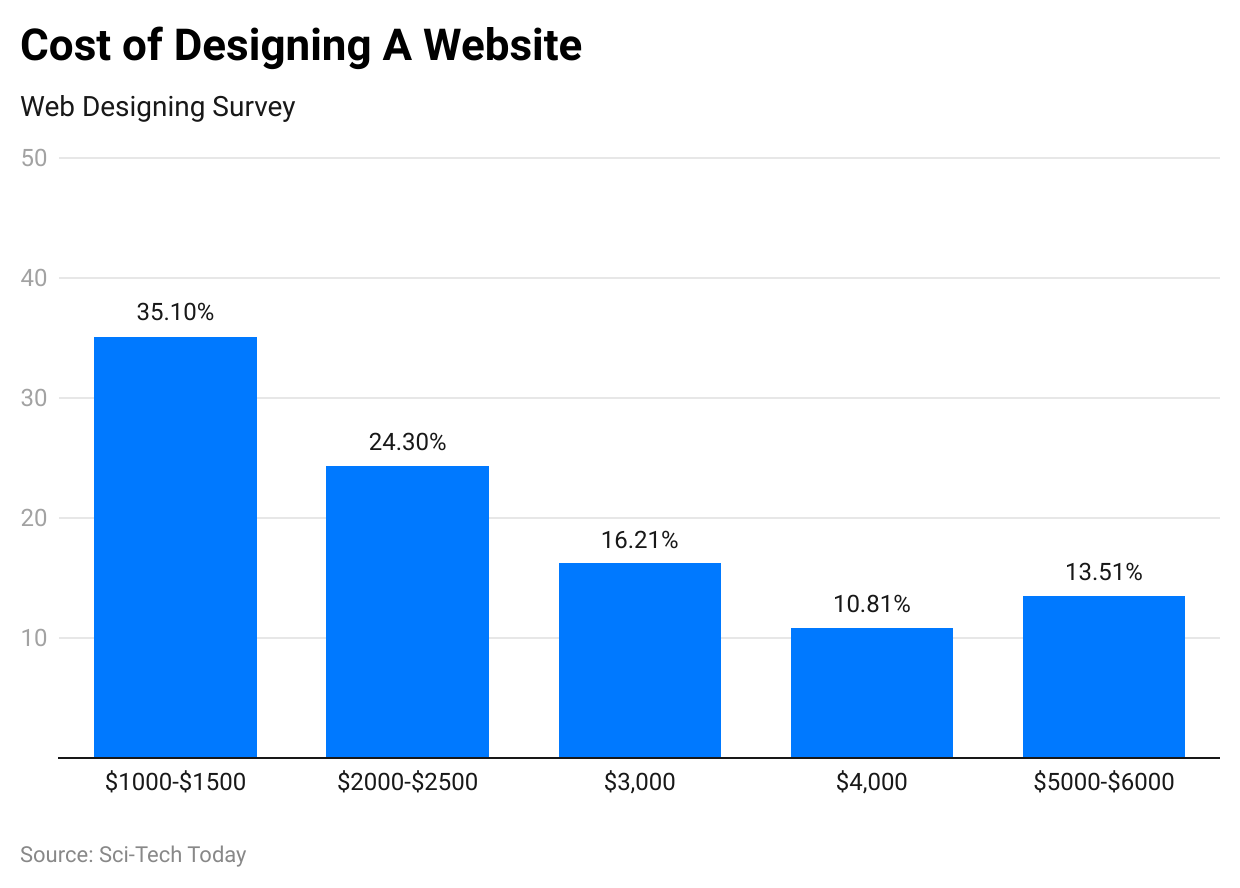
(Reference: assets. goodfirms.co)
- 35.1% of companies reported that the cost of designing a website ranges from USD 1,000 to USD 1,500.
- 24.3% of businesses stated that web design agencies charge between USD 2,000 to USD 2,500.
- 16.21% of organizations indicated that website design costs approximately USD 3,000.
- 13.51% of organizations reported that the highest cost of web design falls between USD 5,000 to USD 6,000.
- 10.81% of businesses noted that website design expenses reach USD 4,000.
By Time
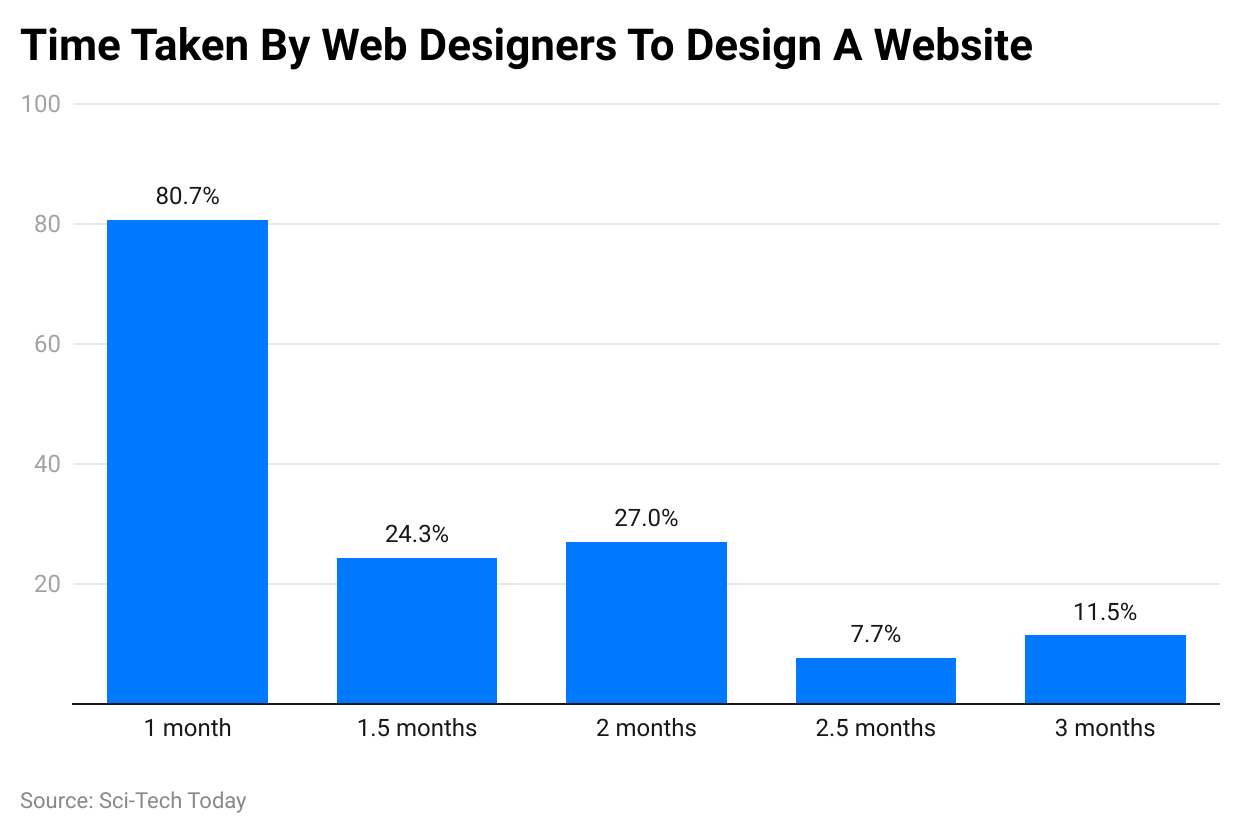
(Reference: assets. goodfirms.co)
- According to Web Design Statistics, designing an effective website takes a maximum of 3 months, which is confirmed by 11.5% of companies in 2023.
- 7% and 24.3% of companies stated that website design takes almost 1 month and 1.5 months, respectively.
- On the other hand, approximately 2 months and 2.5 months are required to complete a successful website design, as claimed by 27% and 7% of companies, respectively.
By Speed and Loading Time
- On SERP, the average speed of the first 10 Google pages is 1.65 seconds.
- The conversion rates will increase by 2.5 times if the website’s loading time remains under 1 second.
- The purchasing decision is reduced if the website’s page speeds slow down, as stated by 70% of online shoppers.
- The duration of an average website session is 2 minutes and 17 seconds.
- Less than 2 seconds of loading time is expected by 47% of website visitors.
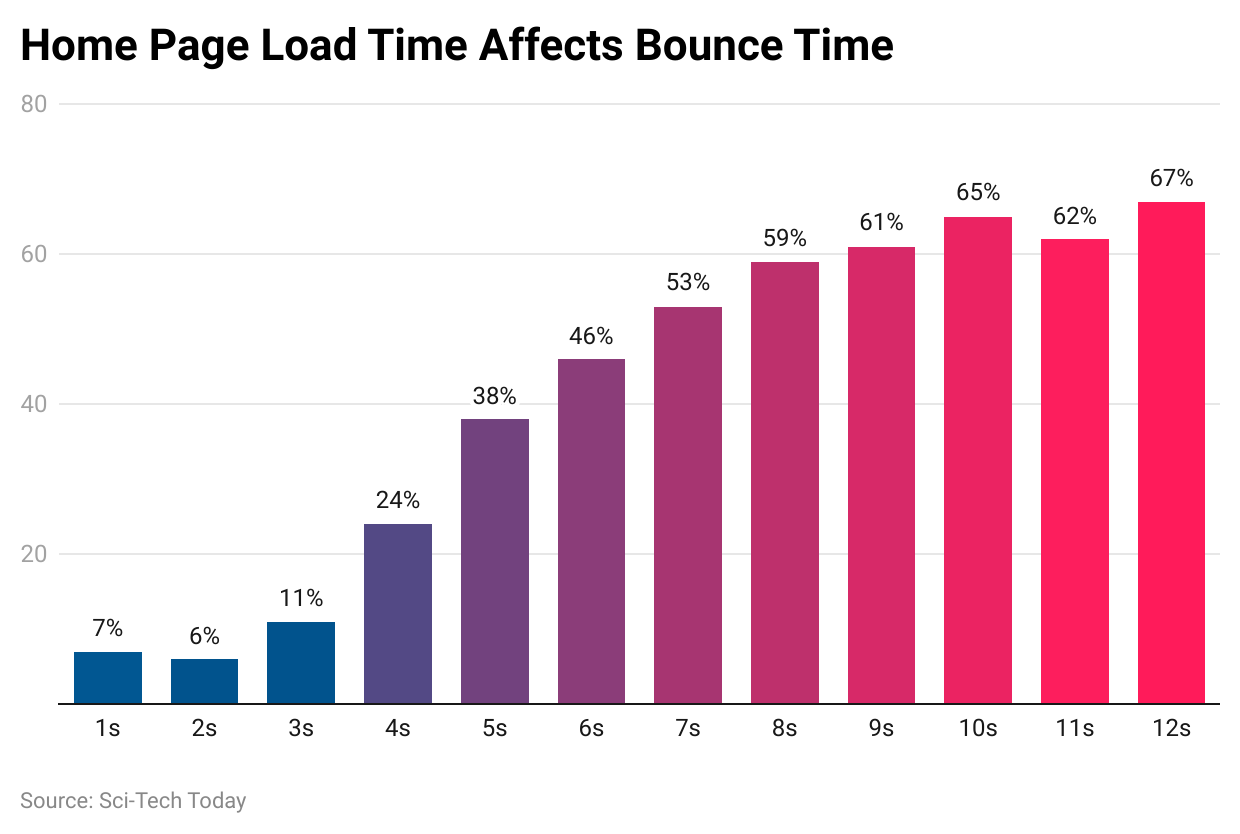
(Reference: 99firms.com)
- The above graph shows that the bounce rate is 7% for websites with a loading time of 1 second, compared to 6% for websites with a loading time of 2 seconds.
- In contrast, other bounce rates by website’s loading time are followed by 11% (3 secs), 24% (4 secs), 38% (5 secs), 46% (6 secs), 53% (7 secs), 59% (8 secs), 61% (9 secs), 65% (10 secs), 62% (11 secs), and 67% (12 secs).
By User Experience
- The Web Design allows an easy navigation process, as claimed by 94% of online users in 2024.
- As per Web Design Statistics, web design helps in making websites look attractive and up to date for 83% of internet users.
- Companies’ websites, which include links, remained extremely effective and useful, according to 67% of online users.
- Website’s page layout or navigational links are checked by 38% of users when visited for the first time.
- Effective design of a website allows an engaging user experience for 31% of consumers.
Factors Influencing The Cost of Web Design
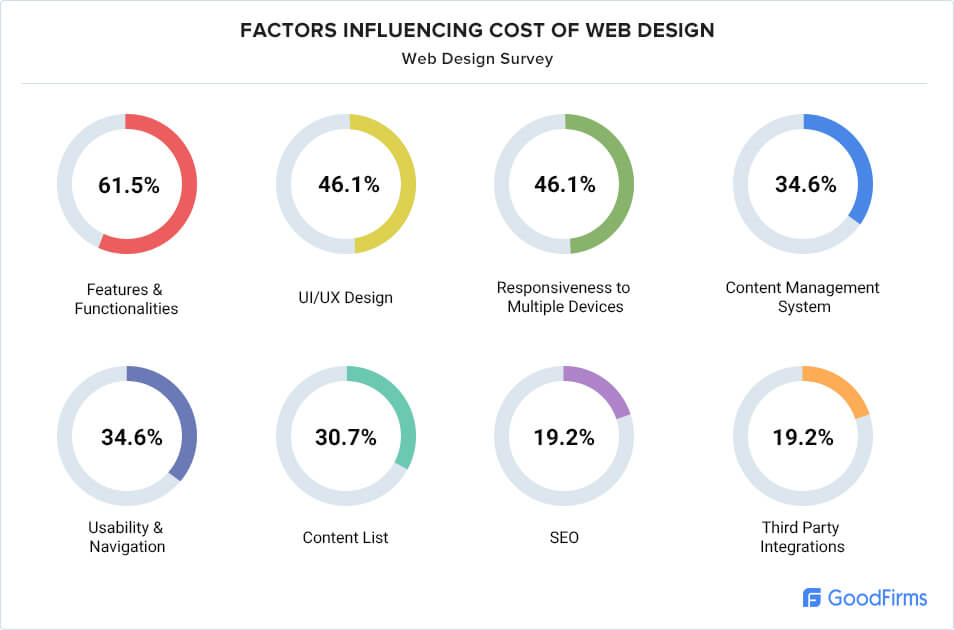
(Source: assets. goodfirms.co)
- 61.5% of website design costs are influenced by features & functionalities.
- 46.1% of costs are impacted by responsiveness to multiple devices.
- 46.1% of costs are determined by UI/UX design.
- 34.6% of website design expenses are affected by the content management system (CMS).
- 34.6% of costs are influenced by usability & navigation.
- 30.7% of costs are driven by content lists.
- 19.2% of website design costs are impacted by SEO (Search Engine Optimization).
- 19.2% of expenses are influenced by third-party integrations.
- 70% of users return to a website due to a better mobile UX design in 2024.
Top Tools Used by Web Designers
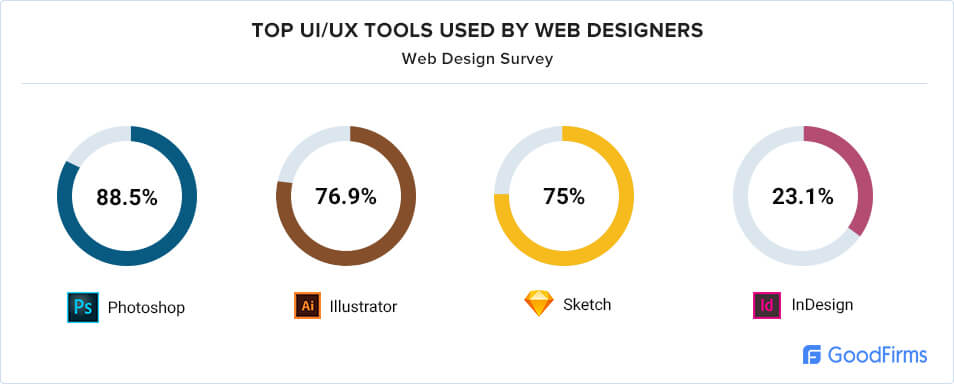
(Source: assets. goodfirms.co)
- In 2023, 88.5% of web designers stated that the top UI/UX tool was used for designing websites.
- Illustrator was used by 76.9% of web designers, making it the second most popular tool.
- Sketch was the third most commonly used tool, with 75% of web designers utilizing it.
- InDesign was the least used UI/UX tool, with only 23.1% of web designers mentioning it.
Tech Industry’s AI Tool Usage by Professionals
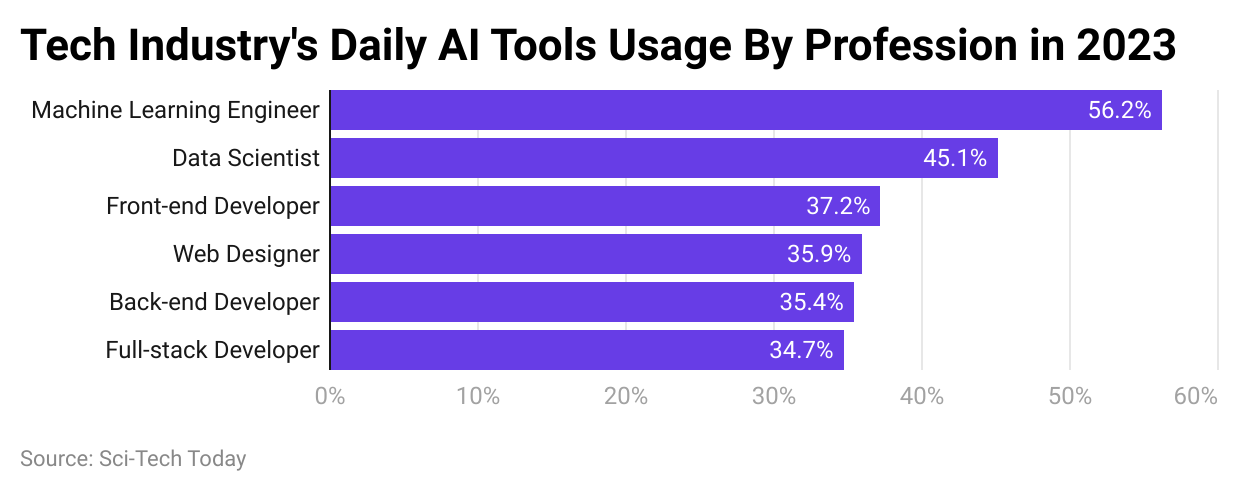
(Reference: hostinger.com)
- In 2023, approximately 56.2% of machine learning engineers used AI tools daily to design websites.
- In the same year, 45.1% of data scientists utilized AI tools daily for web design.
- Around 37.2% of front-end developers incorporated AI tools into their daily workflow.
- The percentage of web designers using AI tools was 35.9%.
- Approximately 35.4% of back-end developers used AI tools daily.
- Full-stack developers had a daily AI tool usage rate of 34.7%.
Web Design Trends Statistics
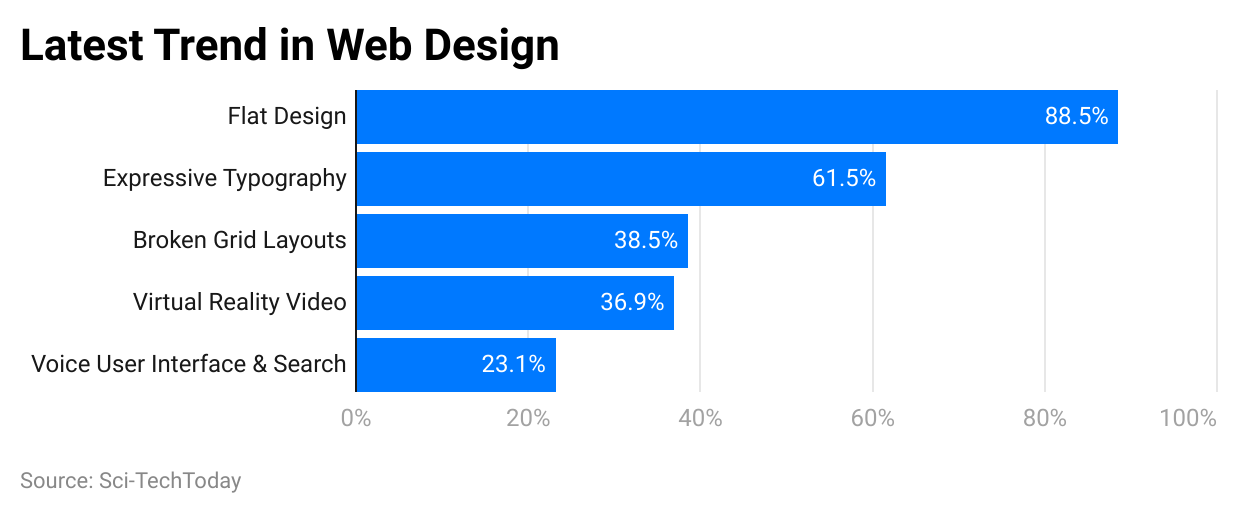
(Reference: assets. goodfirms.co)
- 5% of web designers preferred flat websites, followed by 61.5% of users who preferred expressive typography.
- Meanwhile, website designers’ trends shared include broken grid layouts (38.5%), virtual reality video (26.9%), and voice user interface and search (23.1%)
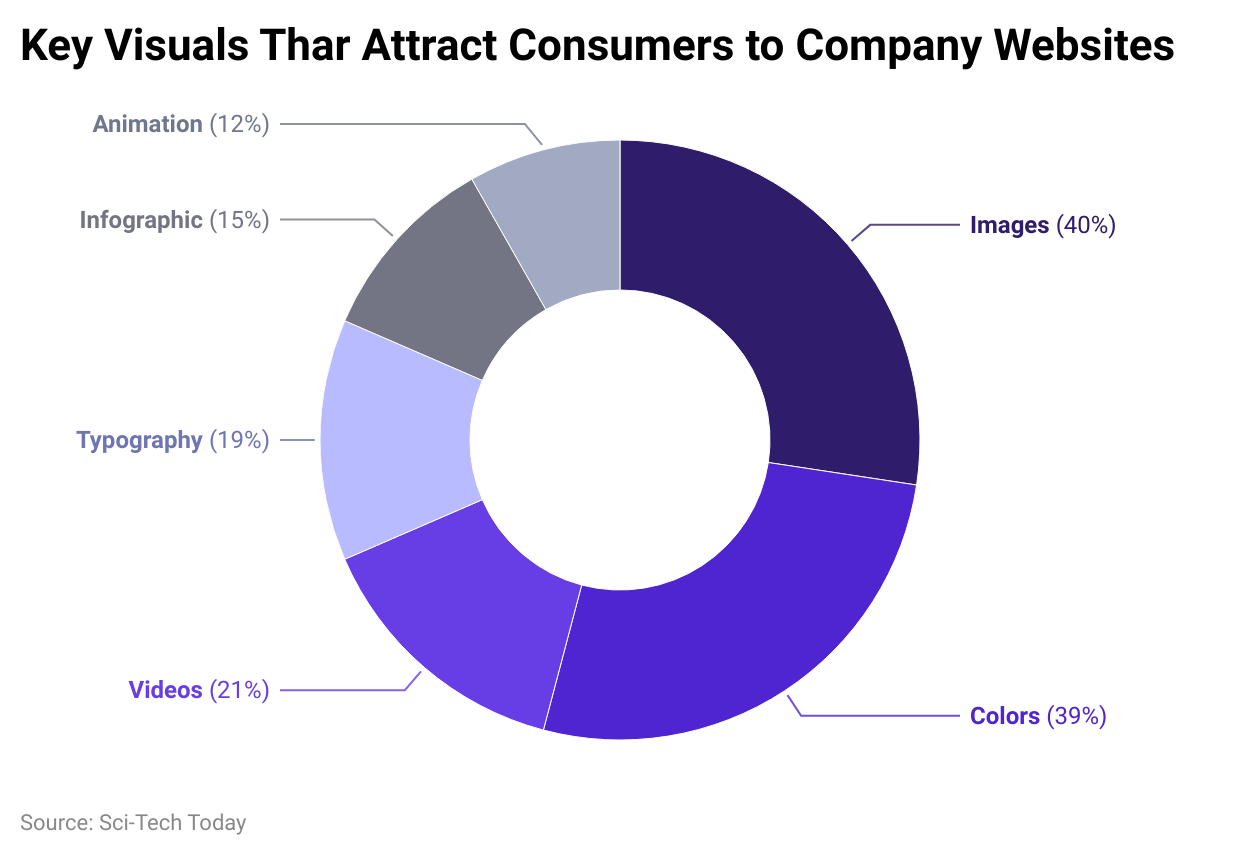
(Reference: hostinger.com)
- Following Web Design Statistics 2024, the top two key visuals shared to attract consumers to company websites are images (40%) and colors (39%).
- The other key visual elements are videos (21%), typography (19%), infographics (15%), and animation (12%).
By Mobile Websites
- 62% of top-ranking websites will be dominated via mobile optimization in 2023.
- Around 40% higher conversion rates are received from mobile-friendly websites.
- However, non-mobile optimized sites received a poor user experience, as claimed by 45% of users.
- Poorly designed mobile websites will never be preferred by 57% of users.
- Based on Web Design Statistics, mobile websites are mostly preferred by 84% of visitors.
- Almost 70% of mobile website visitors get annoyed due to irrelevant pop-ups
By WordPress
- Over 43% of all websites on the Internet in 2024 are powered by WordPress.
- In the same year, there were over 59,279 free WordPress websites and 11,978 different WordPress themes available.
- More than 21.1% of all WordPress websites are currently used by e-commerce WordPress plugins.
- Astra is known as one of the fastest-growing themes in WordPress.
- Currently, there are 36.28% of WordPress sites out of the top 1 million websites.
By E-commerce
- As per Web Design Statistics in 2024, proper product pictures and information that enhance brand image are an effective factor, as stated by 85% of online shoppers.
- In eCommerce websites, 78% of shoppers include more images on their product pages.
- Across the world, 60% of e-commerce sales via websites made up to $2.2 trillion in 2023.
- Nearly 23% of small retail businesses do not have websites; thus, they depend on social media accounts.
- In 2024, Global retail e-commerce sales are estimated to reach between $6.7 to $7 trillion.
- Globally, there were over 10 to 25 million e-commerce websites.
- In the U.S., the largest e-commerce website is Amazon, which has approximately 2.45 billion monthly visitors.
Mobile Website Statistics
- 66% of online traffic originated from mobile devices in February 2024.
- 59% of global website traffic was generated by mobile devices in the last quarter of 2023.
- 54.8% of global website traffic comes from mobile users as of 2024.
- 67% of consumers are more likely to purchase from a mobile-friendly website.
- 60% of users’ online time was spent browsing the web from mobile phones during the third quarter of 2023.
- 57% of consumers will not recommend a website if it is not mobile-friendly.
- 48% of small businesses have already developed a mobile app.
Web Design and Development Statistics
- The web design services industry had a market size of USD 41.8 billion in 2022.
- The U.S. web design services industry grew at an average annual rate of 3.1% between 2017 and 2022.
- WordPress powers approximately 43% of all websites, making it the leading content management system (CMS) globally.
- The number of web developers and designers in the United States was 200,000 in 2022.
- The number of web developers and designers in the United States is projected to reach 229,000 by 2032.
- Employment of web developers and designers is expected to grow by 16% from 2022 to 2032, which is faster than the average for all occupations.
UI/UX Web Design Statistics
- A well-designed User Interface (UI) can increase Click-Through Rates (CTR) by up to 200%.
- A well-optimized User Experience (UX) design can improve CTR by up to 400%.
- Investing in UX design can yield a Return on Investment (ROI) of up to 100%, meaning an investment of USD 1 can generate USD 100 in returns.
- A well-structured mobile UX design influences the return of more than 70% of users.
- 90% of shoppers switch to a competitor after experiencing a poor user experience.
Modern Web Design Statistics
- 84.6% of users prefer a clean and simple website design over a crowded layout.
- 38% of visitors assess the layout and navigation of a website on their first visit.
- A video background can improve conversion rates by 138% compared to static backgrounds.
- 36% of website visitors click on the logo to return to the homepage.
- 57% of successful websites use the color blue in their design (e.g., Facebook, WordPress, Twitter).
- 40% of users focus on images, 21% on videos, while the rest notice the color scheme and other visual elements.
Conclusion
In conclusion, web design is no longer a luxury but a necessity. With almost 2 billion websites out there, a well-designed one is crucial to standing out and making a positive first impression. Businesses investing in good web design are not just making their website look pretty but also building trust, improving user experience, and ultimately increasing their chances of success online.
Hopefully, all the above analyses will benefit you effectively in enhancing your business in the coming years.
Sources
FAQ.
This is the process of planning, conceptualizing, and implementing the plan to offer functionality and a good user experience.
Websites allow for the promotion of businesses, improving customers’ experiences, increasing user engagement, and optimizing businesses’ online presence.
Effective website designs are necessary for all small to big businesses to create powerful online experiences.

Joseph D'Souza founded Sci-Tech Today as a personal passion project to share statistics, expert analysis, product reviews, and experiences with tech gadgets. Over time, it evolved into a full-scale tech blog specializing in core science and technology. Founded in 2004 by Joseph D’Souza, Sci-Tech Today has become a leading voice in the realms of science and technology. This platform is dedicated to delivering in-depth, well-researched statistics, facts, charts, and graphs that industry experts rigorously verify. The aim is to illuminate the complexities of technological innovations and scientific discoveries through clear and comprehensive information.
